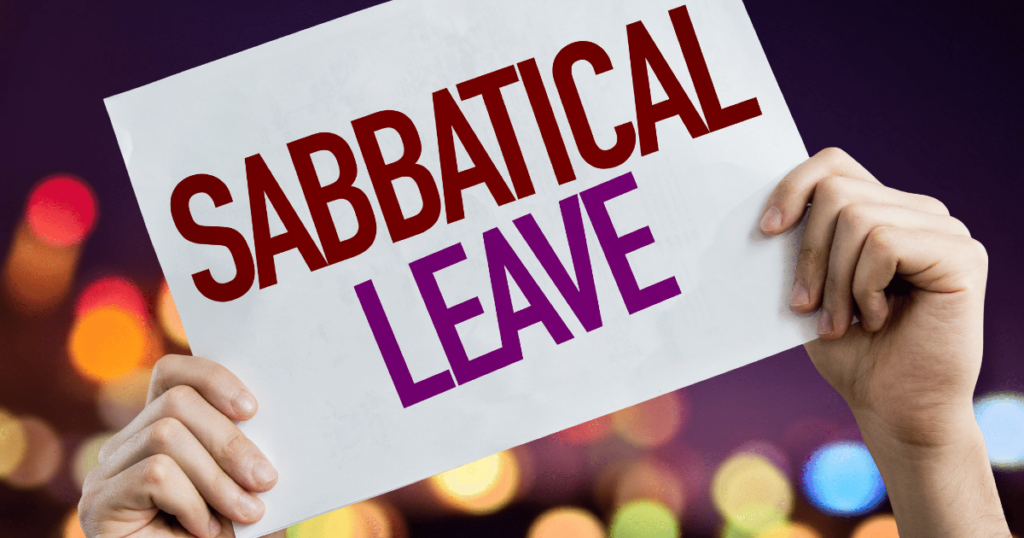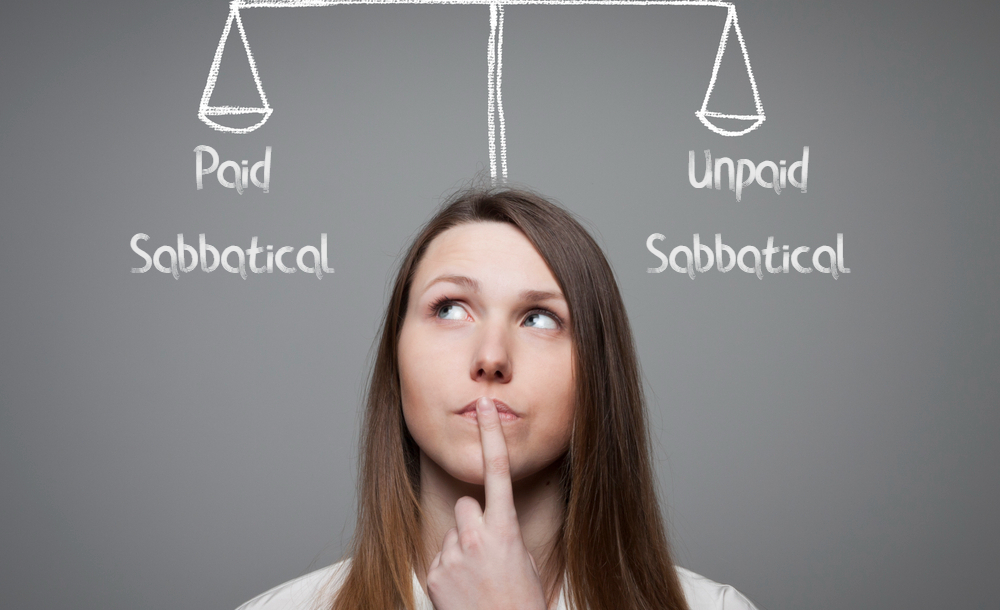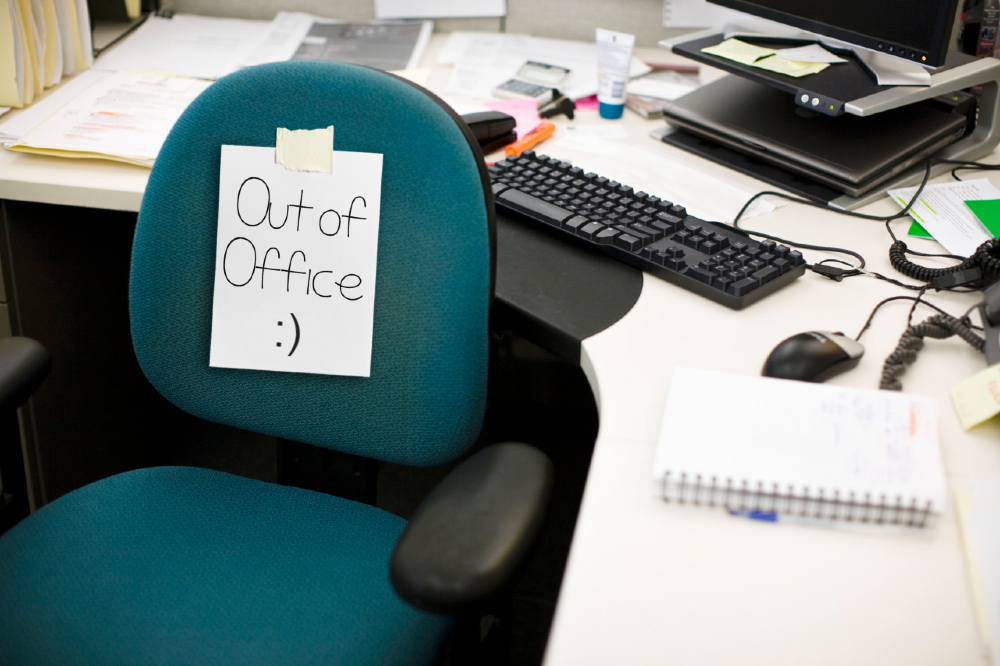
There’s a quote by Warren Buffett that goes: “If you don’t find a way to make money while you sleep, you’ll work until you die.” So, is money all that matters in life?
Some may argue yes, because it’s better to cry in a Lamborghini than in a beat-up car; others beg to differ, because life is, quite simply put, limitless.
In the lightning-paced, high-stakes world where businesses place a high priority on ‘achieving excellence at breakneck speed’ or ‘going where no one has gone before’, the subsequent workloads for employees can be stressful, strenuous, and even pose health risks.
Instead of money and materialism, modern employees have shifted their priorities to one closer to home and heart: mental health.
According to the American Psychological Association 2022 Work and Well-being Survey, as many as 81% of workers agreed that the methods employers utilise to support mental health would be a strong consideration when looking for future work.
Some methods cited were flexible working hours, a workplace culture that respects time off, remote work opportunities, and a 4-day work week. Nonetheless, businesses can also show their support through sabbatical leaves that helps improve mental health and recharge and reset burned-out minds.
In simple terms, sabbatical leave means an extended period of time away from work. Although similar to Paid Time Off (PTO), the time span of a sabbatical can be up to six months long and is earned after continuous employment with the same company.
Historically, sabbaticals stem from academia, specifically in American colleges where it was used to attract faculty members. Educators could take a semester off (sabbatical) to teach elsewhere, further their studies, or work on existing projects. Over time, sabbaticals have become less restrictive and study-focused, allowing employees to focus on their well-being, explore different interests, and even travel. In a 2018 survey by the Society for Human Resource Management (SHRM), at least 15% of employers started offering sabbaticals as a workplace benefit.
A sabbatical is like a really long holiday. There are no work obligations, you remain employed, and you can do anything you want! Volunteer, travel the world, write a book, refine your existing skills, or sleep in every morning and spend time with loved ones every day.
As mentioned, employees earn a sabbatical after completing a certain amount of years of continuous tenure with a company. It depends on each company’s policy and the eligibility terms, which state if the sabbatical will be fully-paid, partially paid, or unpaid.

As found in the 2018 SHM survey, more companies are beginning to offer paid sabbaticals, rising from 3% in 2014 to 5% in 2018.
On a paid sabbatical, employees will receive their usual wages in full or a specific percentage. It is usually offered to long-term employees – in most cases, for business reasons like professional growth or to pursue industry-related knowledge and certification.
Employees on an unpaid sabbatical will not receive any pay and/or their usual benefits. Short-term employees who have completed a minimum period of time are entitled to it, but it can be restrictive as they may be forbidden to earn paid alternatives.
| Paid Sabbatical | Unpaid Sabbatical |
| Employees get paid their full salary or a percentage of their salary. | Employees will not receive pay and/or their usual benefits will be frozen. |
| Eligible for long-term employees. | Eligible for short-term employees who meet a minimum period of employment. |
| Typically for professional growth or industrial knowledge/skills that benefit the company. | Typically for recreational purposes that do not benefit the company. |
| - | Not allowed to pursue any other form of paid work. |
Alternatively, a company may propose an unpaid sabbatical instead for employees to take leave for recreational purposes.
While on sabbatical, employees get to take their mind off work and focus on other things, be it studies or a new adventure. The long duration gives plenty of time for that, supported by research that you need at least three days to remove yourself wholly from work to enjoy your holiday.
Here’s how taking a sabbatical benefits employees and employers:

| Sabbatical Leave Benefits For Employees | Sabbatical Leave Benefits For Employers |
| Reduces burnout and the risk of overworking. | Positive employee branding. |
| Lower stress levels upon returning to work. | Improves employee well-being and organisational impact. |
| Better overall well-being and health. | Encourages leadership by empowering aspiring leaders to grow and demonstrate their abilities. |
| Has the ability to pursue other interests and develop new skills. | Better preparedness for unplanned absences. |
| Provides a space and time for reflection and working on oneself. | Greater employee retention and reduced turnover rates. |
What should a company include in a Sabbatical Leave Policy? For transparency and better understanding between employers and employees, the eight most important things are:
Besides these, a Sabbatical Leave Policy should also cover the finer details related to extended periods of leave, like what happens after employees return, whether there will be a change in their position, etc.

[Company Name] Sabbatical Program - Purpose
At [Company Name], we believe that employees are at the forefront of what we do, and we believe in investing in you. Taking time off work allows employees to widen their horizons, like volunteering for a charity, travelling, pursuing a degree, or just spending time with loved ones. By investing in our employees’ interests and well-being, business operations can run smoothly while maintaining high energy levels. Our [Company Name] Sabbatical Program aims to accomplish just that.
Scope
The [Company Name] Sabbatical Program applies to [full-time/executive/all/other] employees who have served at least [x consecutive years] in the company. Employees in this category are allowed to take a sabbatical leave of [y weeks/months]. Any parental leaves, sick leaves, [other types of leaves if relevant] taken during this period will not affect the number of years you have worked for [Company Name].
Compensation & Benefits
While on sabbatical, you will receive [full/partial/no salary] for [y weeks/months]. Your employment status, benefits, and contract will [remain unchanged/be subject to changes upon return].
Sabbatical Application
To apply for sabbatical leave, please [fill in this application form/contact an HR representative]. Your application should be completed, sent, and approved at least [number of months] before the start of your sabbatical. For further questions, you may contact [HR representative’s name and contact number].
Once you have submitted your application, you will hear within [number of weeks] if your application has been approved or rejected by your Reporting Manager and HR.

Regular U.S. employees of Adobe who serve five years of employment and above are entitled to sabbatical leaves that span 20-30 business days.
As long as you’re a regular U.S. employee working a minimum of 30 hours per week at Autodesk, you’ll be entitled to a fully-paid six-week sabbatical after completing four years of employment.
One of the most recently unveiled benefits at CitiGroup was its ‘R3’ Sabbatical Leave Program. Under this program, employees can take up to 12 consecutive weeks of leave with a portion of base pay and the same health and insurance benefits.
According to Course Hero’s brief LinkedIn description, employee benefits include a month of paid sabbatical after five years.
By providing a four-week paid sabbatical after five years of employment (among other flexible benefits), employees get to grow, learn, and belong. It’s so encouraging that there’s an inhouse HubSpot article written about it.
The multinational technology company offers a few options for sabbatical leaves, depending on employee eligibility. In fact, this benefit garnered Intel a spot on Glassdoor’s list of 25 Highest Rated Companies for Vacation & Paid Time Off.
One of the reasons to be lovin’ it as the fast food giant offers a paid eight-week sabbatical for every ten years of continuous, full-time service with the business. Fun fact: McDonald’s might be the first company to offer corporate sabbaticals, with the program beginning in the 1960s!
Global team members enjoy a six-week sabbatical every four years, giving them an opportunity to refresh, recharge, and restart their mornings feeling like a star.
The world-renowned financial technology company allows a four-week sabbatical once employees complete five years of continuous service with them. The ultimate winning point? It applies to both full-time and part-time staff!
Coined Zillow R&R (Recharge & Reboot), this sabbatical program allows employees to take six weeks of leave (consecutively) after six years of continuous employment.

The process of applying for a sabbatical might differ by company, but it usually includes a formal application to your employer. Before you submit your application, make sure you’re aware of the full terms of it to avoid any conflict or misunderstandings.
Step 1: Identify who to address your application to.
Step 2: Indicate the duration of your sabbatical and intent.
Step 3: Attach relevant supporting documents (if applicable).
Step 4: Highlight your achievements and create a detailed workflow plan in your absence, including who you will hand over things to while you’re away.
Step 5: End your application with an approval request, and show appreciation and gratitude.
Yes, employers can refuse sabbatical requests. As sabbaticals are non-mandated unlike PTO and annual leaves, they can be rejected as the company may not be able to afford them, or there’s no one to fill in for you while you’re away.
Delaying your sabbatical depends on your company’s policies. Some explicitly state that unused sabbatical leave will be cancelled or restarted from scratch, while some allow a certain degree of delay with reasonable explanation and documentation.
Unless there’s a stipulation in your contract about remaining in the company, you can resign while on sabbatical. However, submitting your resignation after your return is another question, as companies may bind you to stay with them for a period of time after your sabbatical. When in doubt, check with your HR representative and look it over with a fine comb!
Yes, you will still remain employed after your sabbatical. Think of it as a career break to recharge your interests and discover new things to reignite the fire in you. In fact, specific companies encourage sabbaticals as it provides better employee retention and lower turnovers. However…
According to The Chartered Institute of Personnel and Development, employees who are still employed while on sabbatical can be included in selections for redundancy. As you are still legally employed, you will be subject to the same obligations and risks as the rest of the workforce.
The term ‘sabbatical leave’ might be uncommon in employment contracts and company benefits, but it’s a major draw for prospective talents and so businesses can retain existing employees for longer.
Employers often ask, “What do employees want?!” It’s simple: a career that allows them to enjoy both work and play. A sabbatical can do just that, as a reward for long-term employees while supporting their overall development, career goals, and personal growth, or just rewarding them for being a star.
Not only do employees return from a sabbatical feeling refreshed and with new experiences, but other employees benefit by taking on new roles and responsibilities in a colleague’s absence. A company would not be anywhere without its people, so why shortchange the best asset you have?